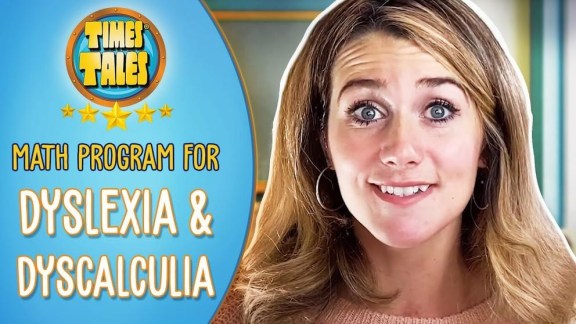According to a new study by University of Washington researchers, Dyslexic children use nearly five times the brain area as normal children while performing a simple language task. The study shows for the first time that there are differences in the brain function of children with and without learning disabilities.
The researchers at the University of Washington used a new technique to explore the brain activity of six dyslexic and seven non-dyslexic boys during oral language tasks. The researchers were able to measure levels of brain lactate activation. Lactate is produced by the brain when it is activated.
The majority of this brain activity took place in the left side of the brain, which is known to be one of the centers for expression of language.
Feel free to share with your friends what you've discovered!
Are dyslexic people more creative?
People with the learning disability are more creative than other people. The underlying source of enhanced creativity could be something. According to the Diagnostic and Statistical Manual of Mental Disorders, Dyslexia is a developmental disorder and associated with impairment. The intelligence quotient indicates that reading ability in dyslexic individuals is lower than expected.
There is a theory about the existence of superior skills in dyslexic individuals. There are a lot of examples of people who were particularly creative who were also dyslexic. There were conflicting findings from the literature regarding the type of ability being tested for in dyslexic children and teenagers.
Dyslexic children or teenagers were better at evaluating impossible figures or detecting visuo-spatial tasks in a virtual reality environment, suggesting thatholistic or real-life visuo-spatial information processing is one of the specific skills enhanced in dyslexic children.
Young children recently diagnosed as dyslexic were shown to be better at generating navigation signs and symbols when they were asked to produce communication designs.
More dyslexic college students are found in artistic fields than in non- artistic fields, which adds credence to the idea that there is a link between dyslexia and creativity.
The success of famous dyslexics comes from turning their disadvantages into their strengths and finding different and creative ways to problem solve and overcome difficulties.
The same reason a dyslexic is brain processes is that by looking at the shape from all angles, it is possible to imagine and create an object from all angles as well.
Most adults don't use the parts of the brain that are activated when thinking in images, which is why most dyslexics think in images as opposed to words. What others see as innovative or creative is second nature to a person with a learning disability.
People with dyslexia have amazing language and communication talents that go way deeper than their spelling and word-reading problems.
→ When to Test for Dyslexia: Best Age and Practices
Are Dyslexics kinesthetic learners?
Weak kinesthetic skills are one of the things that children with dyspraxia typically have. 'air writing' is a kinesthetic teaching method used with dyslexics and is a technique that dates back to the early days of Samuel Orton.
Learning by listening is the best method for teaching Dyslexic children.
→ Typography and Dyslexia: Is Times New Roman Friendly?
What advantages do dyslexics have?
The ability to think outside of the box is one of the many advantages of being a dyslexic person. They come up with excellent, unconventional ideas that are lucrative as well. The ability to use logical reasoning is one of the qualities that some dyslexics possess.
→ Dyslexia and Anger: Managing Emotional Challenges in Education
Is dyslexia an additional support need?
In spite of good teaching and the type of extra support that would be helpful for most children, students with a learning disability do not make expected progress in these areas. Individualized teaching and specialist support can be used to help your child with their learning difficulties.
Successful people with dyslexia say that their success is largely due to the practical and emotional support they received from their parents.
Cheat sheets, reading pens, and extra time are some of the appropriate adjustments that can be made in the classroom to support learning with specific learning needs.
Do dyslexic kids struggle in math?
It would be a huge generalization to say that every student with a learning disability has a hard time with math. Many students with learning differences have difficulties with some aspects of math, but they are often quite proficient at other aspects.
Einstein created some of the most profound mathematical theories in history despite being believed to have had a learning disability. Specific strategies that cater to the learning strengths of children with dyslexia can usually be used to address the difficulties that students with the learning disability have.
We are going to look at some specific ways that dyslexia can affect math learning, explore some strategies that could improve your child's math success, and find out what type of math curriculum might be most helpful.
Children who struggle with reading can feel inferior to their peers and have a negative effect on their self-esteem. self-esteem. Kids with a learning disability may be embarrassed to read aloud.
